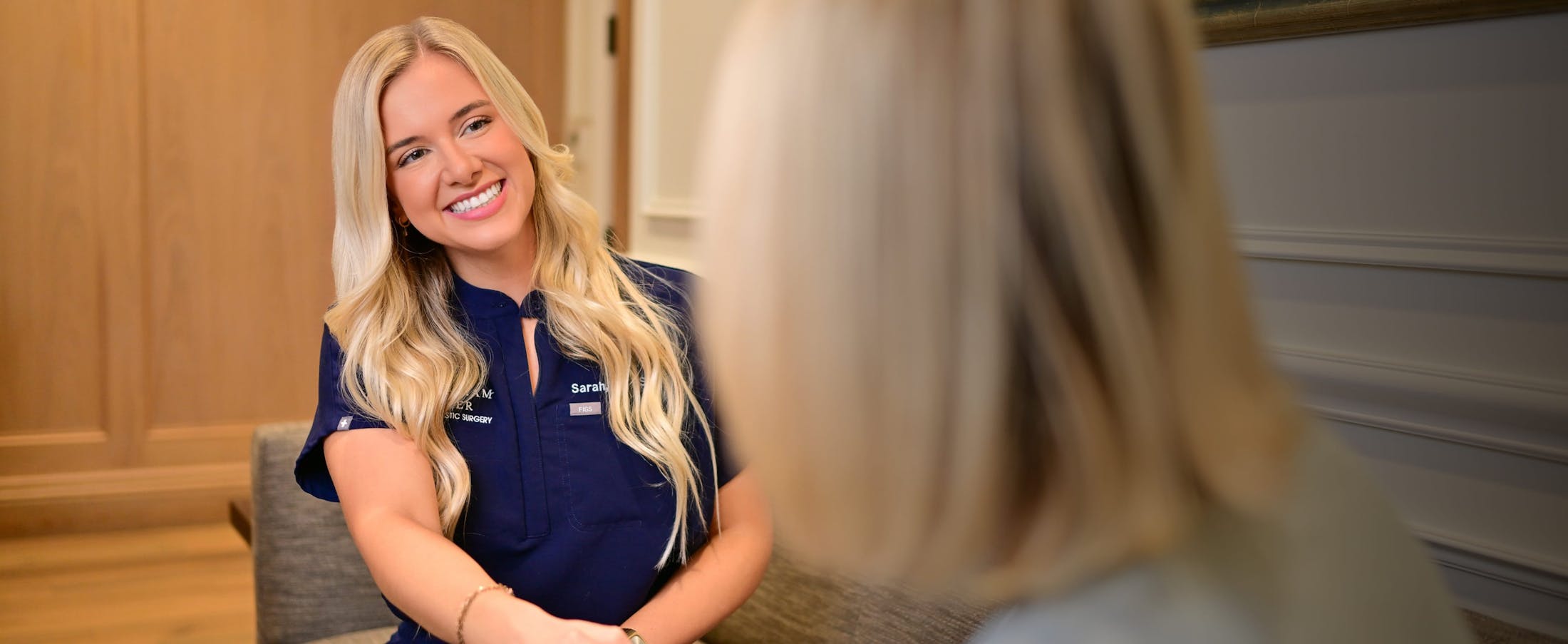Ear Surgery Before & Afters
*Each patient is unique, and individual results may vary.
*Each patient is unique, and individual results may vary.
Potential candidates for ear surgery are over the age of five and are in good physical health with realistic expectations for the improvement of large or protruding ears. A private consultation with one of our surgeons is the best way to determine if otoplasty is right for you.
Ear surgery is primarily performed on children between the ages of 5 and 14, though otoplasty can be performed on adults of all ages.
The surgeon asks what you would like to accomplish with an otoplasty. In addition, please inform the doctor about medical issues, including allergies to latex and medications as well as information about previous surgical procedures.
Our patients’ otoplasty procedures are frequently performed at our fully accredited outpatient surgical center.
The different types of anesthesia used during ear surgery often vary by age. General anesthesia is typically utilized for younger children, while older children or adults may receive IV sedation or a combination of local anesthesia and oral sedation.
For the otoplasty procedure, a small incision is made in the back of the ear to expose the ear cartilage. The ear is then reshaped and moved closer to the head in order to achieve the desired result. The reshaping occurs by using sutures to create appropriate folds in the ear as well as to place the entire ear closer to the head. Additional absorbable sutures are then used to close the initial incision.
A typical ear surgery procedure takes around two hours, but times will vary between patients.
Buckingham Center’s surgeons typically confine the incisions for ear surgery to the back of the ear.
Placement behind the ear ensures the scar remains well concealed. Furthermore, as time passes, the resulting scars will fade.
After ear surgery, your ears may be bandaged. For the first few days following surgery, patients should expect to experience mild discomfort, throbbing, or aching of the ears. These symptoms can be alleviated with a combination of over the counter and prescription medication. The bandages are usually removed three days after the procedure and replaced with a lighter headband-like dressing. Some swelling, redness, and numbness can also occur.
Work or school can typically be resumed within 5 to 7 days of the otoplasty procedure, but may vary depending on the individual.
After ear surgery, vigorous exercise should be postponed for about three weeks. In addition, any activities that may involve hitting or bending the ear should be avoided for at least six weeks following surgery.
If one ear’s measurements fall within the 'normal' range, then surgery only needs to be performed on the ear that protrudes. However, if both ears protrude, it is often best to address the differences in both ears.
If the ear protrusion is asymmetrical, an otoplasty can make the ears appear more even. If one ear is truly lower than the other is, and the earlobe is attached, there is no way to correct the asymmetry.
Otoplasty procedures are very reliable. However, there are times when a patient is unhappy with their result. At the Buckingham Center, unhappy patients are a rarity. Nonetheless, our surgeons can perform a revision otoplasty for individuals who desire improvement from prior procedures, even if performed by a different surgeon.
No, an otoplasty will not affect your hearing positively or negatively.
